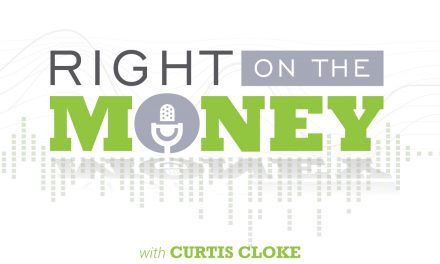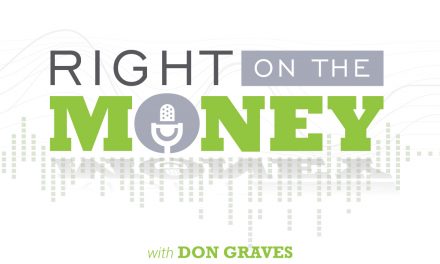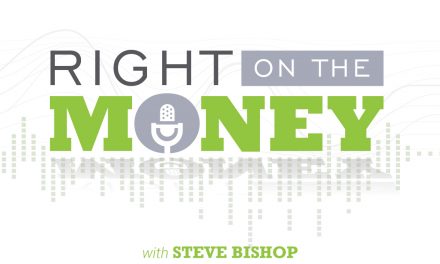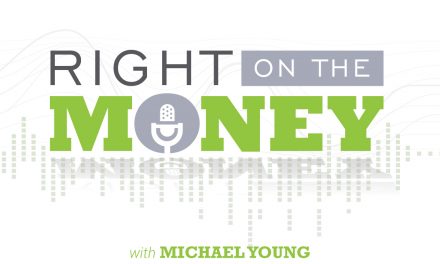The true cost of workers’ benefits is as varied as agencies’ acronyms.
Though often lumped together, wide differences exist among federal employees’ benefits. Frequently assumed to be generous, benefits to include spouses and children can be surprisingly costly and even punitive.
FEGLI, CSRS, FERS, VA, FBI, DEA. Each applies to the federal government, but without a scorecard, it’s difficult to tell which is an organization and which is a benefit of working for an organization. Though efforts have been made over the years to align federal workers’ benefits with their private sector counterparts, key differences remain, and the feds’ benefits can be a language unto itself.
According to a 2010 Washington Post article, non-uniformed, federal government employees totaled nearly 2.8 million, including about 600,000 in the United States Postal Service. Despite the volume of workers – and many billions of dollars under management – outstanding rates and payouts are not the norm. While workers can participate in pensions, life insurance, Social Security and a 401(k)-like equivalent named Thrift Savings Plan (TSP), there are quirks that many workers don’t realize.
For example, workers can specify that a spouse receive a portion of their pension, 50% – 55%, if the worker predeceases the spouse. For that right, the worker’s pension is reduced by 10%. But it’s 20% when calculated as a 10% cost of a 50% payout. Surprising to most, the accumulated pension amount withheld is retained by the government should the spouse predecease the worker, thereby making the spouse-friendly benefit moot. For a worker retired 20 years, this could mean tens of thousands of dollars. Other quirks of the system include:
Eligibility of benefits and employer matches are correlated to start dates and can differ by organization.
TSP monies set aside in the conservative G-fund are subject to the government’s use to stir the economy in the event of a government shutdown.
Workers who retire to North Carolina receive their federal retirement benefits nearly tax-free and state taxes do not apply if they vested before 1989.
Life insurance premiums paid by the worker are often prohibitive and accelerate quickly.
For all the variances that apply to federal employees, they would do well to engage an experienced and knowledgeable retirement professional to accurately sort through the options and opportunities of retirement.
Syndicated financial columnist Steve Savant interviews retirement specialist Tom Ables. Right on the Money Show is an hour long financial talk distributed to 280 media outlets, social media networks and financial industry portals.





